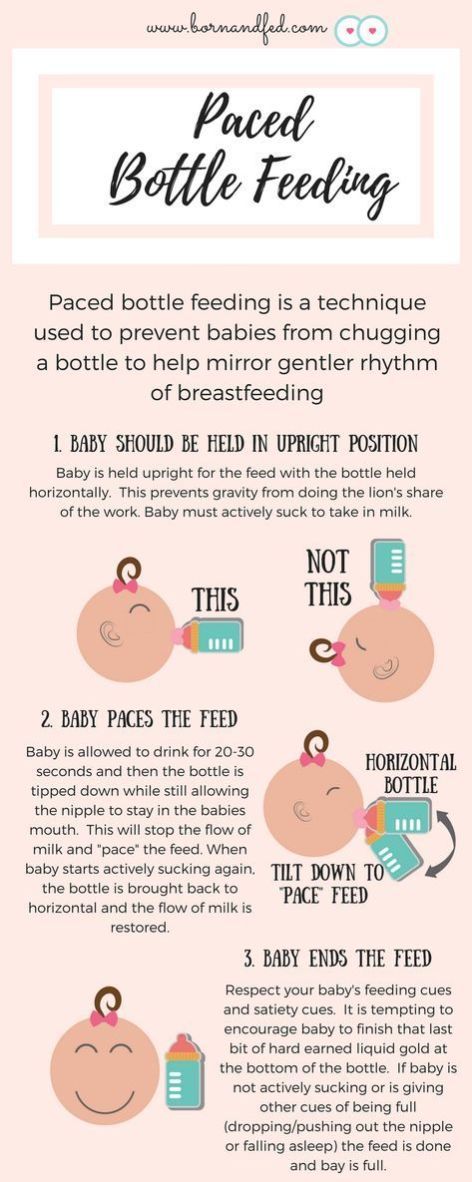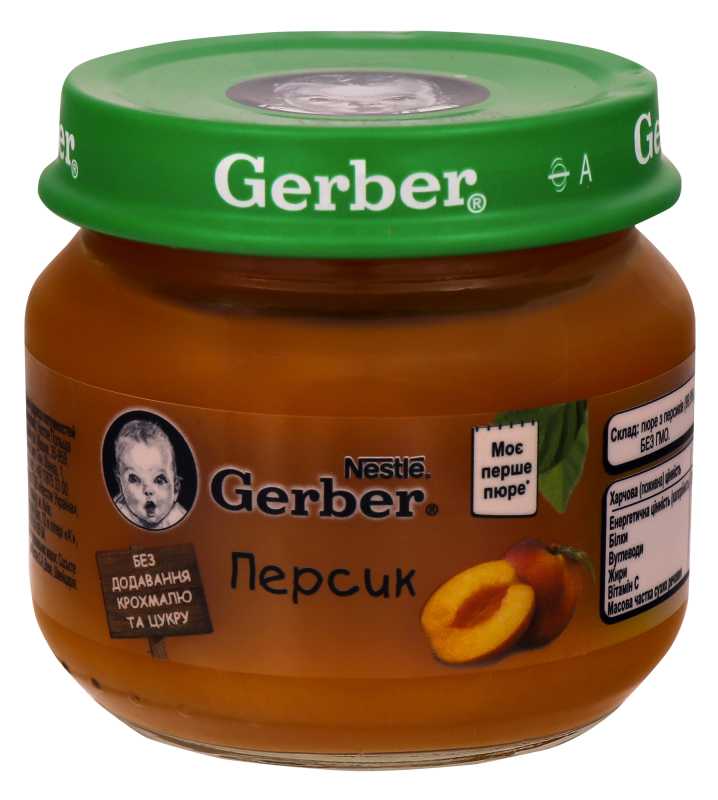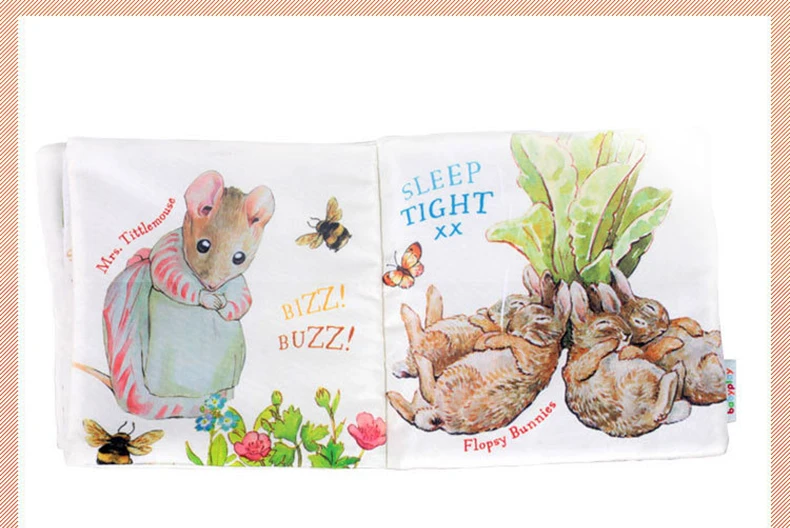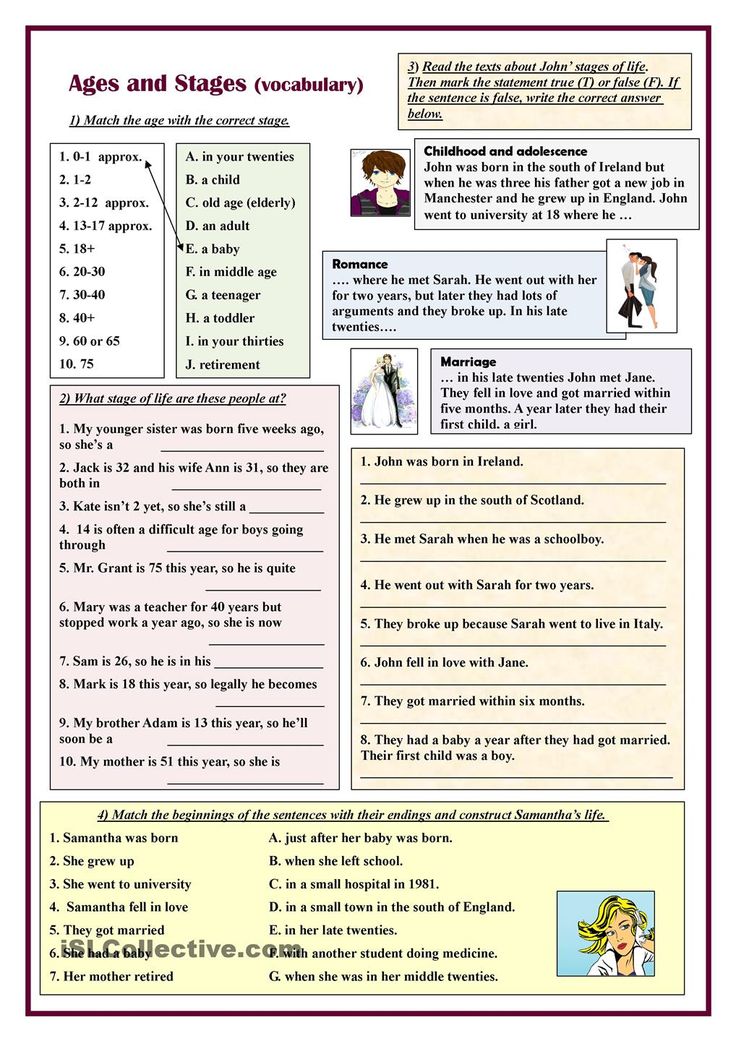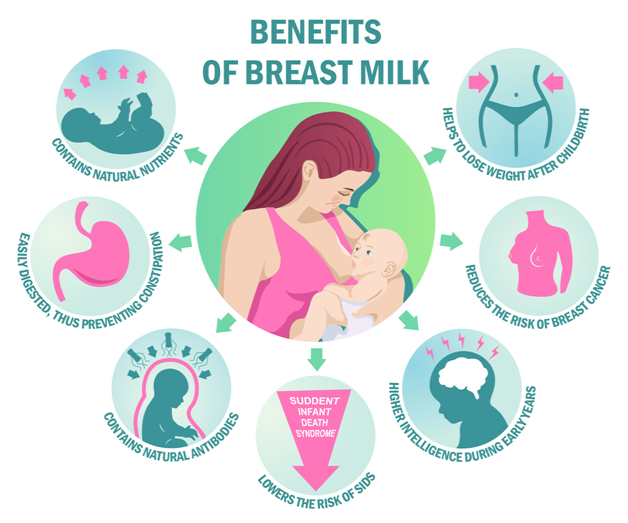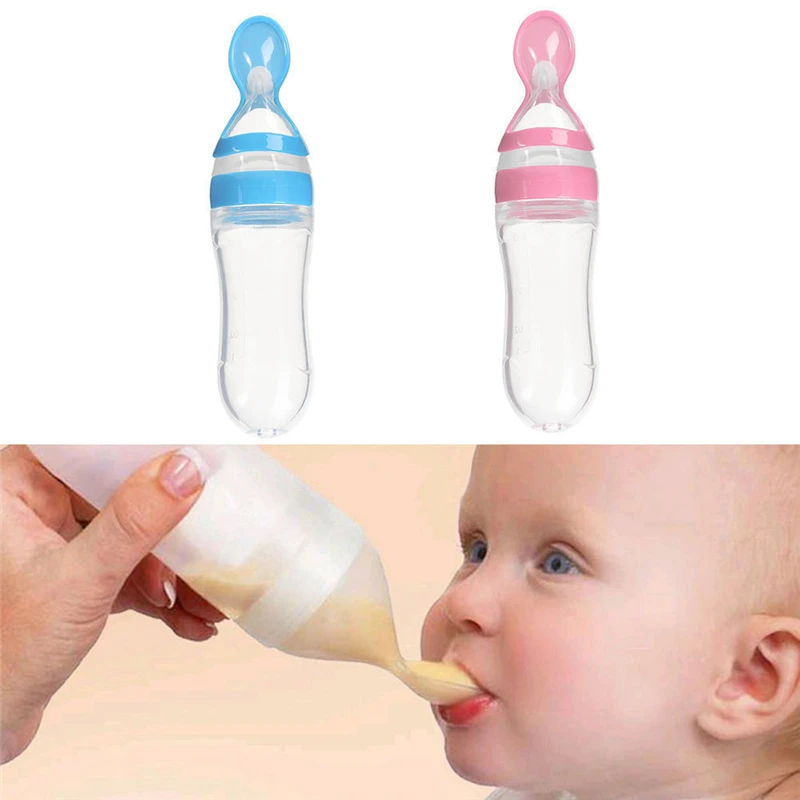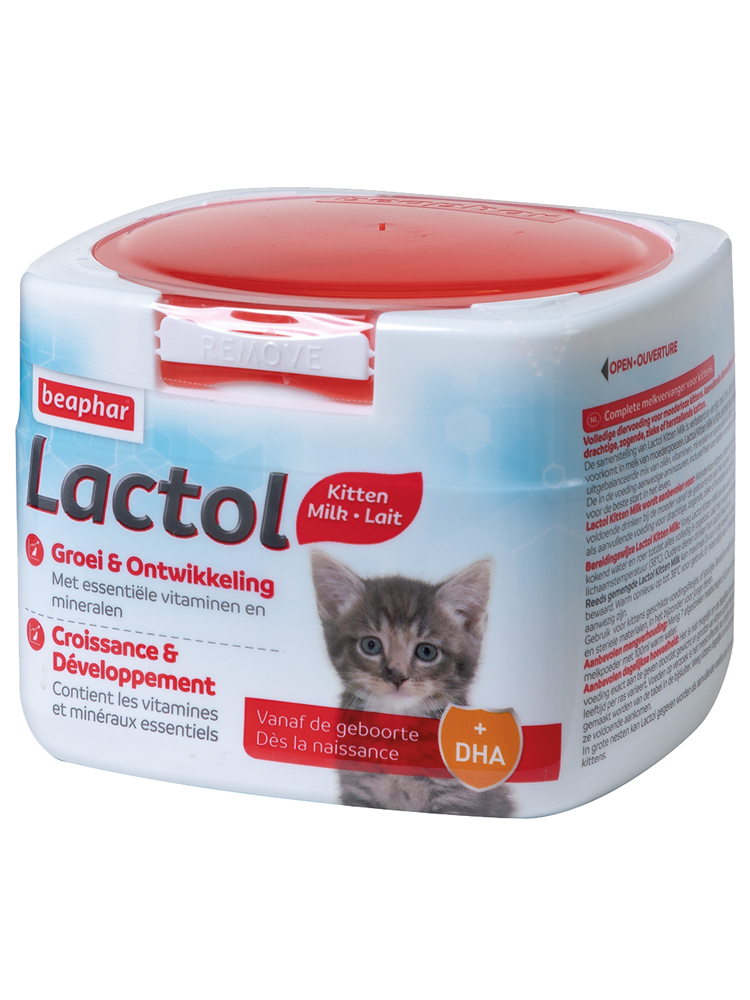How to spread out baby feeds
How To Get Your Baby On A Feeding Schedule So Life Is Less Chaotic
Life
Pixabay
by Kristina Johnson
As adorable as they are, babies have no respect for your time. When they want something, they really don't care if it's 4 p.m. or 4 a.m. It's not at all unusual to feel like you do nothing but feed them, change them, and put them to sleep, and it can be maddening. Spacing out a baby's feedings can be a good place to start to try and make your days a bit more manageable. If you're looking for answers on how to get your baby on a feeding schedule, however, there are a few things you should know.
First of all, newborn babies need to eat when they need to eat, so don't expect to start working on a schedule as soon as you get home from the hospital. Secondly, if you're a breastfeeding mom, feeding your baby on a schedule does come with some risks. According to La Leche League International (LLLI), spacing out feedings can hurt your supply and change the fat content of your milk. If you're OK with those risks or if you're a formula feeding mother, sticking to a schedule can bring sanity back to your life.
Here are seven ways to start getting your baby to eat on a schedule.
1
Wait Until The Right Age
As mentioned above, you're not going to want to test out a feeding schedule on a newborn. Baby Center noted that for the first few weeks, a baby will probably need to eat every two hours or so. At around a month old, however, they should be able to last for three hours between feedings. It may not sound like much, but that could potentially cut your feedings from 12 a day down to eight.
2
Start Small
If your baby is used to being fed when they're hungry, suddenly pushing back a feeding by an hour is just not going to work. That's why Parents recommended starting with small increments, pushing back a feeding by just a couple of minutes at a time at first and gradually building it up.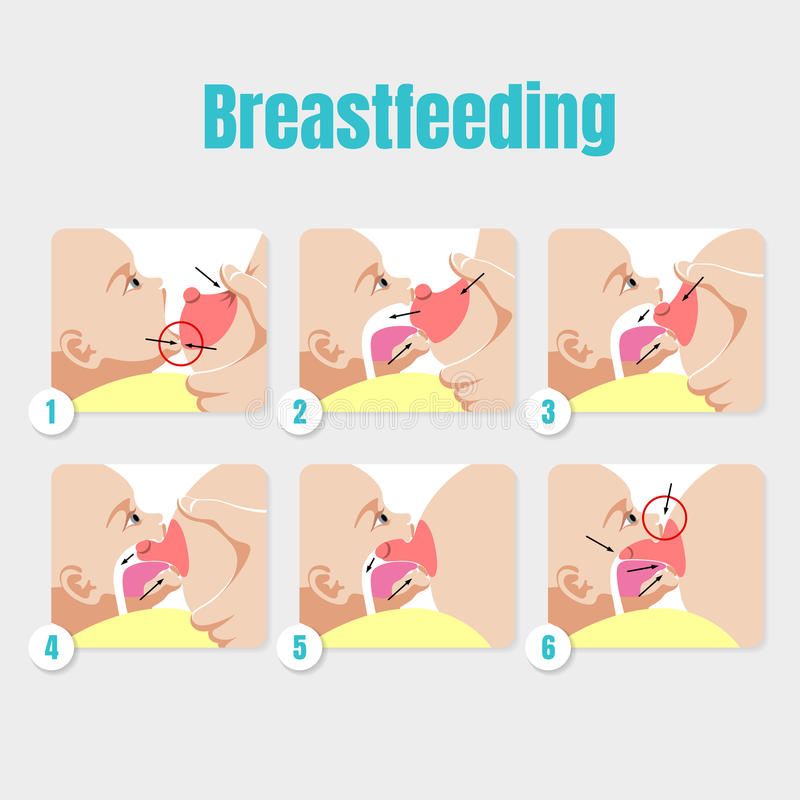
3
Make Sure They Fill Up
You may find that your baby likes to pop on and off the breast or the bottle when they're feeding, which may make you think they're full. But according to the Mayo Clinic, they may simply just be taking a break and could still have room for more. The more they eat during one feeding, the longer they'll stay full until the next one.
4
Burp Them
The Mayo Clinic also noted that your baby may eat more if you stop for a burp. If they can get their gas out, it may create more room in their tummies for milk.
5
Don't Let Them Fall Asleep
If your baby falls asleep when they're eating, it doesn't necessarily mean they're full according to Today's Parent. They may simply be tired of sucking or struggling to pull in milk. Either way, they aren't filling up their belly and they'll be less likely to stay full until their next feeding.
6
Be Consistent
Getting a baby on a schedule takes commitment. The Bump warned parents that babies will come to anticipate their feedings and nap times, so missing or even delaying one can leave them extremely cranky.
The Bump warned parents that babies will come to anticipate their feedings and nap times, so missing or even delaying one can leave them extremely cranky.
7
Be Flexible
Babies grow and change so rapidly that you'll inevitably have to change up the schedule to meet their needs, according to Parenting. Things like growth spurts can make them hungrier than normal, and the introduction of solid foods can mean you have to change around the timing of bottle-feedings or nursing sessions.
Tips for the First Year
Eat, sleep, pee, poop, repeat. Those are the highlights in a day of the life of a brand new baby.
And if you’re a new parent, it’s the eating part that may be the source of many of your questions and worries. How many ounces should your baby take? Do you wake a sleeping baby to eat? Why do they seem hungry all the time? When can your child start solids?
Questions abound — and, despite Grandma’s insistence, the answers have changed since you were a tot. It’s now recommended that newborns, even formula-fed ones, eat on demand (consider it good preparation for the teenage years) and that babies wait to start solid foods until they’re 4 to 6 months old.
It’s now recommended that newborns, even formula-fed ones, eat on demand (consider it good preparation for the teenage years) and that babies wait to start solid foods until they’re 4 to 6 months old.
On day one of life, your baby’s stomach is the size of a marble and can only hold 1 to 1.4 teaspoons of liquid at a time. As your baby gets older, their stomach stretches and grows.
It’s hard (or impossible, really) to know how much milk your baby is taking in while breastfeeding. But if you’re bottle feeding due to any number of valid reasons, it’s a bit easier to measure.
Here, from the American Academy of Pediatrics (AAP), a typical feeding schedule for bottle-fed babies.
| Age | Ounces per feeding | Solid foods |
|---|---|---|
| Up to 2 weeks of life | .5 oz. in the first days, then 1–3 oz. | No |
| 2 weeks to 2 months | 2–4 oz. | No |
| 2–4 months | 4-6 oz.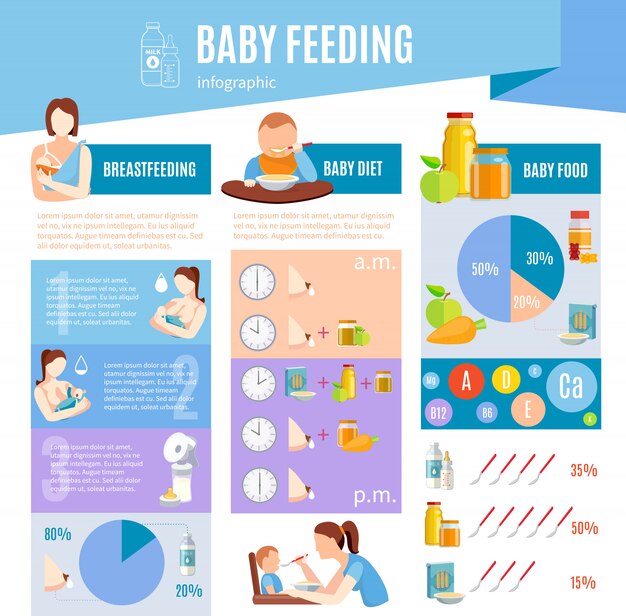 | No |
| 4–6 months | 4–8 oz. | Possibly, if your baby can hold their head up and is at least 13 pounds. But you don’t need to introduce solid foods yet. |
| 6–12 months | 8 oz. | Yes. Start with soft foods, like one-grain cereals and pureed vegetables, meats, and fruits, progressing to mashed and well-chopped finger foods. Give your baby one new food at a time. Continue supplementing with breast or formula feedings. |
Every baby is unique — but one thing that’s pretty consistent is that breastfed babies eat more frequently than bottle-fed ones. That’s because breast milk is easily digested and empties from the stomach a lot quicker than formula.
Breastfed babies
There’s no rest for the weary. According to La Leche League International, you should begin nursing your baby within 1 hour of birth and provide about 8 to 12 feedings daily in the first few weeks of life (yeah, we’re exhausted for you).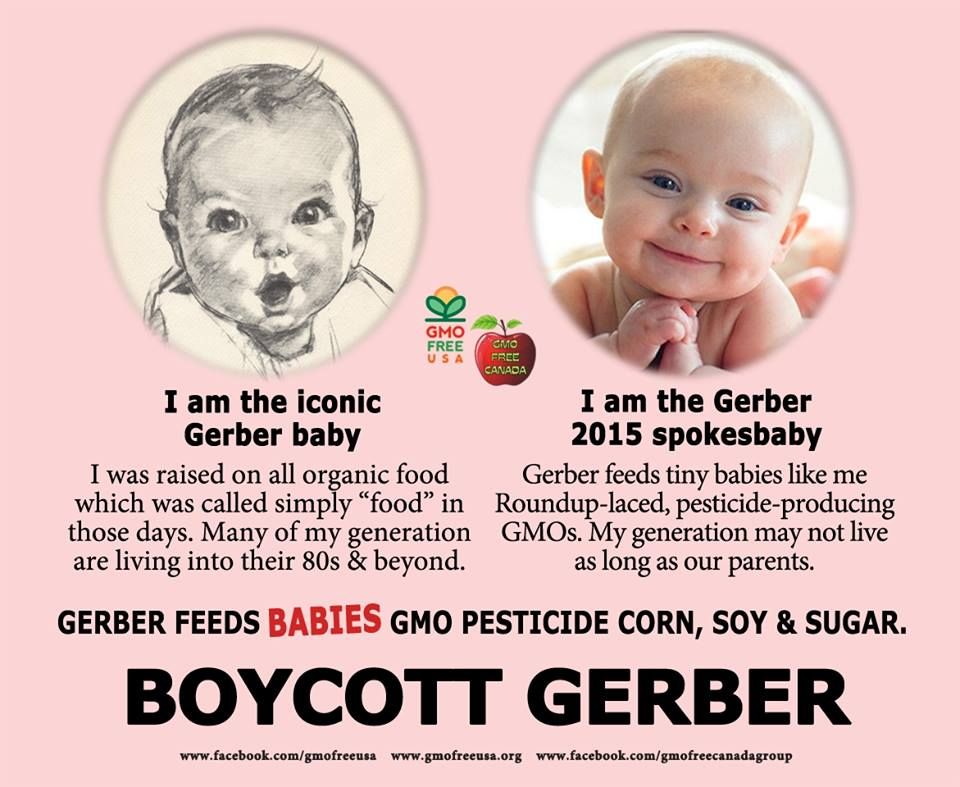
At first, it’s important not to let your baby go more than 4 hours without feeding. You’ll likely need to wake them up if necessary, at least until breastfeeding is well established and they’re gaining weight appropriately.
As your baby grows and your milk supply amps up, your baby will be able to take in more milk in less time at one feeding. That’s when you might start to notice a more predictable pattern.
- 1 to 3 months: Your baby will feed 7 to 9 times per 24 hours.
- 3 months: Feedings take place 6 to 8 times in 24 hours.
- 6 months: Your baby will feed around 6 times a day.
- 12 months: Nursing may drop to about 4 times a day. The introduction of solids at about 6 months helps to fuel your baby’s additional nutritional needs.
Keep in mind that this pattern is just one example. Different babies have different paces and preferences, along with other factors that influence the frequency of feedings.
Bottle-fed babies
Like breastfed babies, bottle-fed newborns should eat on demand. On average, that’s about every 2 to 3 hours. A typical feeding schedule may look like this:
On average, that’s about every 2 to 3 hours. A typical feeding schedule may look like this:
- Newborn: every 2 to 3 hours
- At 2 months: every 3 to 4 hours
- At 4 to 6 months: every 4 to 5 hours
- At 6+ months: every 4 to 5 hours
For both breastfed and bottle-fed babies
- Don’t give liquids other than formula or breast milk to babies under a year old. That includes juices and cow’s milk. They don’t provide the right (if any) nutrients and can be upsetting to your baby’s tummy. Water can be introduced around 6 months when you start offering a cup.
- Don’t add baby cereal to a bottle.
- It can create a choking hazard.
- A baby’s digestive system isn’t mature enough to handle cereal until about 4 to 6 months of age.
- You could overfeed your baby.
- Don’t give your baby any form of honey until after their first birthday. Honey can be dangerous for a baby, occasionally causing what’s called infant botulism.

- Do adjust your expectations based on your baby and their unique needs. Premature babies are likely to follow feeding patterns according to their adjusted age. If your baby has challenges like reflux or failure to thrive, you may need to work with your doctor on the appropriate feeding schedule and amount they should be eating.
Schedules are the holy grail of every parent. Your child will naturally start to fall into a feeding pattern as their tummy grows and they can take in more breast milk or formula at one sitting. This may begin to happen between 2 and 4 months of age.
For now, though, focus on learning your baby’s hunger cues, such as:
- rooting around your chest, looking for a nipple.
- putting their fist in their mouth
- smacking or licking their lips
- fussing that can escalate quickly (don’t wait until your baby’s hangry to feed them)
Once your baby is a few months old, you may be able to introduce a sleep/feed schedule that works for you.
Let’s say, for example, your 4-month-old wakes every 5 hours for a feeding. That means if you feed at 9 p.m., your baby wakes around 2 a.m. But if you wake and feed the baby at 11 p.m., just before you go to bed, they may not rouse until 4 a.m., giving you a decent chunk of nighttime winks.
In general, if your baby seems hungry, feed them. Your baby will naturally eat more frequently during growth spurts, which typically occur around 3 weeks, 3 months, and 6 months of age.
Some babies will also “cluster feed,” meaning they’ll feed more frequently during certain periods and less at others. For example, your baby may cluster feed during the late afternoon and evening and then sleep longer at night (yay!). This is more common in breastfed babies than bottle fed babies.
Worried about overfeeding? While this isn’t really possible to do with an exclusively breastfed baby, you can overfeed a baby who’s taking a bottle — especially if they’re sucking on the bottle for comfort. Follow their hunger cues, but talk to your pediatrician if you’re worried your little one may be overeating.
Follow their hunger cues, but talk to your pediatrician if you’re worried your little one may be overeating.
Your baby is probably ready for solids if they’re 4 to 6 months old and:
- have good head control
- seem interested in what you’re eating
- reach for food
- weigh 13 or more pounds
Which food to start with? The AAP now says it doesn’t really matter much in what order you introduce foods. The only real rule: Stick with one food for 3 to 5 days before offering another. If there’s an allergic reaction (rash, diarrhea, vomiting are common first signs), you’ll know which food is causing it.
As your baby grows, move from pureed baby food to ones that have more texture (for example, mashed banana, scrambled egg, or well-cooked, chopped pasta). This generally happens around 8 to 10 months of age.
Your supermarket offers a variety of baby food products, but if you want to make your own, keep it sugar and salt free. Additionally, at this stage, don’t feed your baby anything that could be a choking hazard, including:
- hard foods, such as popcorn or nuts
- hard, fresh fruits, like apples; cook to soften or chop into very small pieces
- any meat that isn’t well cooked and very well chopped (this includes hot dogs)
- cheese cubes
- peanut butter (though talk to your pediatrician about this one — and the benefits of introducing diluted peanut butter before the age of 1)
As your baby nears their first birthday, they should be eating a variety of foods and taking in about 4 ounces of solids at each meal.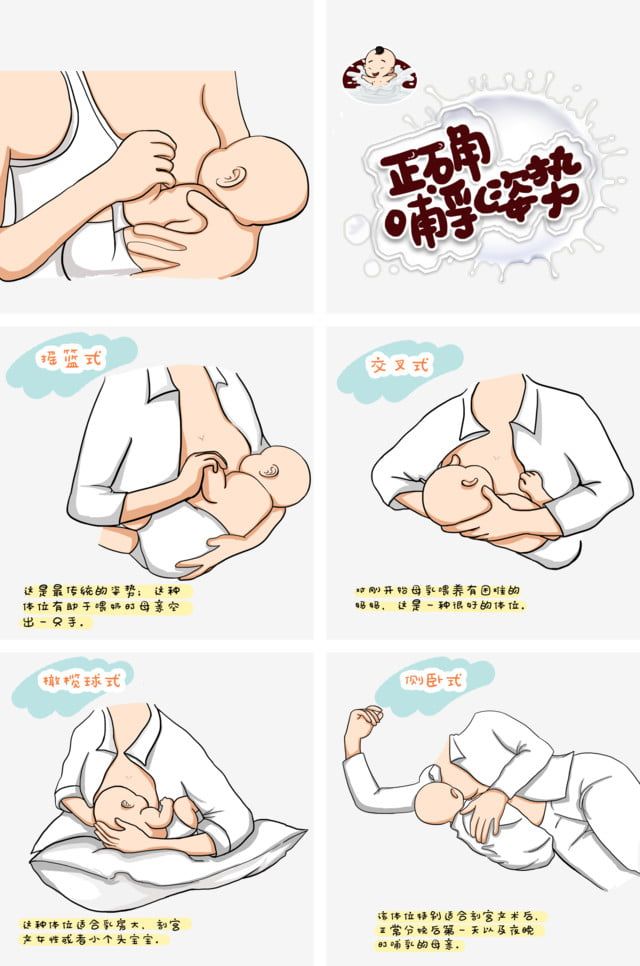 Continue to offer breast milk or formula. By 8 months, babies are drinking about 30 ounces a day.
Continue to offer breast milk or formula. By 8 months, babies are drinking about 30 ounces a day.
Oh yeah, and buy some stock in a company that makes stain-fighting laundry detergent. It’ll pay for college.
Babies aren’t cookie cutter. Some will gain weight easily, while others will have problems. Things that can affect a baby’s weight gain include:
- having a birth defect like a cleft lip or palate, which creates problems feeding
- having a milk protein intolerance
- being premature
- being fed with a bottle versus the breast
A 2012 study of more than 1,800 babies found that the infants who were fed with a bottle — regardless of whether the bottle contained breast milk or formula — gained more weight in the first year than babies who nursed exclusively.
Your baby’s doctor is the best one to advise you on a healthy weight range for your baby.
How, when, and what to feed a baby are top worries of every parent — but there’s good news: Most babies are pretty good judges of when they’re hungry and when they’re full — and they’ll let you know it.
You just need to present them with the right choices at the right time and pay attention to their cues. If you have any questions or concerns, your pediatrician is there to help you along the way.
How to freeze baby food - Encyclopedia Baby food
Levchuk Victoria©Knowing how to freeze baby food, you can cook and store whole batches of homemade food for a child, because this is a real find for busy parents.
Table of Contents:
There are several ways to freeze baby food - they all work equally well - but may take up varying amounts of freezer space.
All ways …
…you should prepare homemade baby food and then refrigerate it as quickly as possible to prevent bacterial growth. Any food left at room temperature for more than two hours is not safe for a child to consume and should be thrown away.
To cool cooked food quickly, you can try putting it in a shallow container - you can even dip the container in a pot of cold water to help speed up the process. nine0005
nine0005
How to freeze baby food - Method 1
Thoroughly clean the ice mold and the spoon that will be used in filling each section. An ice tin with a resealable lid is ideal as it protects food from frostbite or picking up any odors from the freezer. If there is no mold with a lid, you can cover with food-safe plastic wrap. Some people use foil, although we don't recommend it as some of the foil will remain in the food! nine0005
Place the filled ice cube tray in the freezer, and - once completely frozen - place them in ZIP bags that take up less space in the freezer.
This method produces small portions of baby food that are ideally sized - typically around 30 grams or so. One cube per meal may be enough for a child to start with, but as they grow, you may need to increase the number of cubes at a time or increase the ice cube tray.
You can also make many different flavors of baby food by mixing and matching different fruit and vegetable cubes, for example, the combination of cubed apple puree with cubed carrot puree, delicious! nine0005
Which ice mold should I choose?
Some ice cube trays are specifically made for baby food and do not contain potentially harmful chemicals - but you can use a regular ice cube tray, or you might be advised to try a silicone mold, or even stainless steel trays, although the regular plastic version will do. if there is confidence in the quality of the workmanship.
if there is confidence in the quality of the workmanship.
How to freeze baby food - Method 2
Same as method 1, since the process of freezing baby food is the same, only silicone cupcake molds are used instead of an ice mold! Their flexibility makes it easy to remove food portions - plus, of course, their use is beneficial when the baby starts to eat more baby food!
How to Freeze Baby Food - Method 3
If no suitable freezer containers are available for baby food, baking paper can be used (although a little more freezer space will be needed initially). nine0005
Simply spoon the cooked baby puree onto the baking sheet to form small mounds (though note that this will not work if the puree is too thin). We cover the baking paper with cling film, freeze, and then mix the servings of food into bags, as before.
How to Freeze Baby Food - Method 4
Another good way to freeze homemade baby food is to divide the puree into freezer-safe glass jars and place them in the freezer. nine0005
nine0005
However, please note that you should never freeze baby food in glass jars unless the jar manufacturer has specifically stated that freezing is safe and possible.
Jars that are freezer safe must be properly labeled and distinguished from other tins (including commercial baby food tins) that are not strong enough to withstand the expansion of food that occurs during the freezing process. nine0005
This means that the jar may burst or, even worse, there may be small microcracks that cannot be seen with the eyes, but which will allow tiny pieces of glass to get into the baby's food.
How to Freeze Baby Food Method 5
Probably the most popular way to freeze homemade baby food is to use freezer trays or jars for baby food, there are so many options to choose from! nine0005
Manufacturers, recognizing the growing trend of parents to freeze baby puree, offer special forms of baby food that make life easier, well, because there is a lid! What's more, these molds are free of potentially harmful chemicals, which is something some plastic trays for general consumption are guilty of.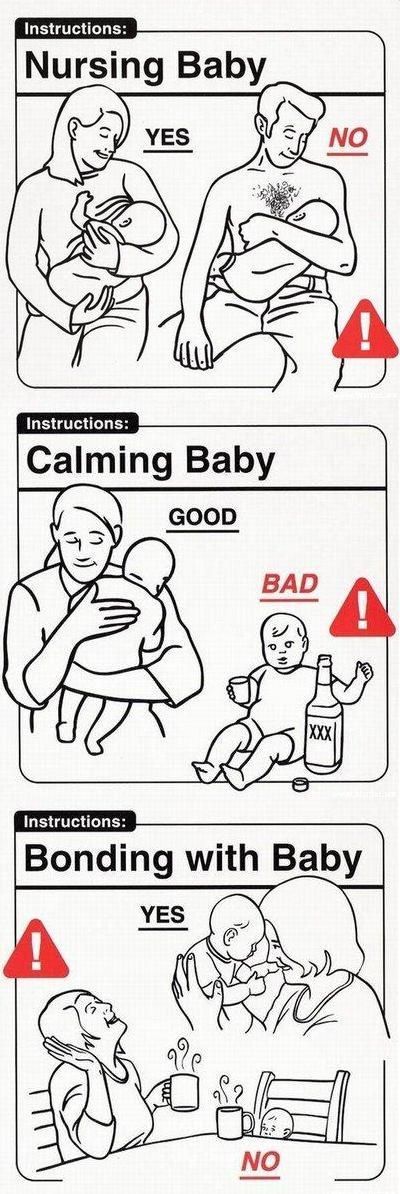
Tracking the finished product
Most types of baby food - especially puree - freeze perfectly. Sometimes you will have to experiment with texture, since the freezing process itself consists in the fact that the water in the product expands when it freezes, destroying the cell walls. This is especially noticeable when the whole food is frozen, for example a frozen banana will be very soft when thawed. nine0005
To reduce the hassle of freezing baby food here are some helpful tips...
- Do not puree too thin before freezing. Keep in mind that many foods become watery when thawed (especially fruits and vegetables), adding extra liquid before freezing will then add too much cereal to thicken!
- Herbs and spices tend to lose their flavor in the freezer. If a baby food recipe calls for them, it is best to add them after after the food is defrosted, just before heating.
- Baked foods - like homemade nuggets or fish fingers - are best frozen when they are almost cooked but not fully done.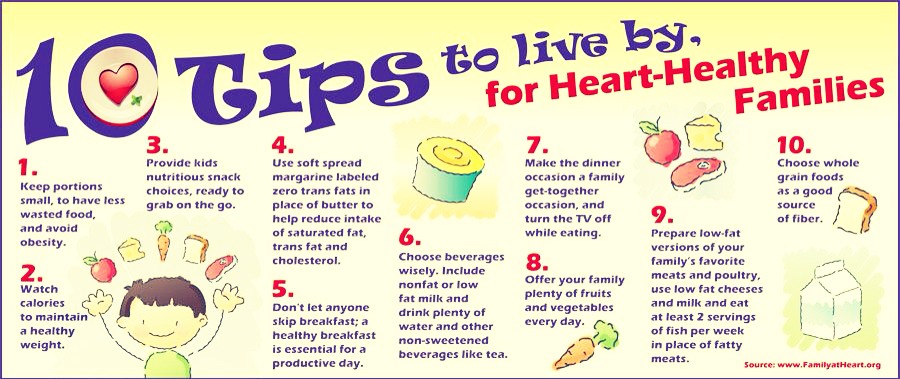 This is because the structure of the food when frozen and thawed can behave negatively.
This is because the structure of the food when frozen and thawed can behave negatively.
— When freezing yoghurt, remember that it may be too thin when defrosted. Sometimes stirring it well is enough to solve this problem - but in some cases, the resulting yogurt is too thin to eat with a spoon, so such yogurt can be used in a smoothie! nine0005
- A good result is obtained from freezing rice and oatmeal, which is good if the morning is like a nightmare and there is no time to organize a full breakfast. Only cereals should not be made too thin before they are frozen .
- Many fruits - especially apples and pears - can look very brown when frozen and thawed. This discoloration is a natural and harmless result of the fruit being exposed to air, but if it's a concern, mixing lemon juice and fruit puree before freezing can solve the problem. Please note that citrus fruits can cause an allergic reaction in babies, so you can use it with a changed color! nine0005
- If you want to make your own stock of vegetable or meat broth, which is convenient, you just need to prepare a large batch at a time and freeze. It's worth trying freezing in ice cube trays or baby food trays, as discussed above - then the ideal size of small portions will be in the freezer to use as needed.
It's worth trying freezing in ice cube trays or baby food trays, as discussed above - then the ideal size of small portions will be in the freezer to use as needed.
- If baby food has been frostbitten, fortunately food safety is not affected - just thaw and then cut or spoon away the affected areas. nine0005
How to defrost baby food
The safest and easiest way to defrost baby food is to put it in the refrigerator overnight before feeding. Frozen baby food cubes take 8-12 hours to thaw in most refrigerators. Thawed baby food should be used within 24 hours.
Never, never re-freeze defrosted baby food as this creates a risk of food poisoning for the baby. nine0012
How to prepare and store baby food
Making homemade baby food is not only fun, but also very easy. You will be surprised to see that the puree actually takes less time than you thought. Also, after cooking, you should know how to properly store the product.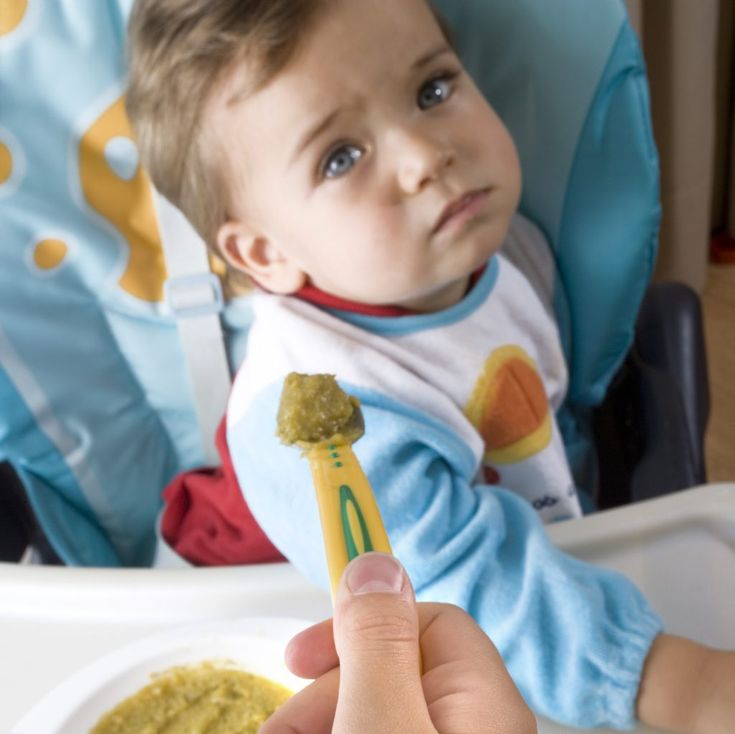 We learned more about this topic at Wholesomebabyfood.momtastic, and we share the information with you.
We learned more about this topic at Wholesomebabyfood.momtastic, and we share the information with you.
Material content
©wholesomebabyfood.momtastic
Start by steaming fruits/vegetables, or roast in the oven or simply boil. Steaming maintains most of the nutrients. Steaming, baking and boiling allow you to produce large batches of food at the same time. Take vegetables or fruits and put them in a blender. Pour out the liquid in which the vegetables/fruits were cooked. This will be the liquid you add to the puree.
It also helps retain any nutrients that may have entered the water during cooking. You can thin the puree with breast milk or plain water. Mix the products in a blender until a homogeneous texture is formed. Add liquid and continue beating. By the way, for some vegetables, such as carrots, you should not use the water (in which it was boiled) to thin the puree. nine0005
Now it's time to prepare the puree for freezing. Divide puree into small containers, fill and halfway. By the way, you can add liquid even after freezing, just before serving. More on freezing below.
By the way, you can add liquid even after freezing, just before serving. More on freezing below.
Never freeze homemade baby food in glass containers that are not specifically labeled "freeze-safe". For example, old jars are not meant to be frozen. Having received liquid puree, you can spread them into ice-freezing trays. Fill each cube with puree as if you were filling a tray with water for making ice cubes. nine0005
Cover the tray with plastic wrap and place it in the freezer. Once the puree cubes are set and frozen, remove the trays from the freezer and transfer the puree to freezer bags. Each cube is approximately 30 ml. Be sure to label the bag with the cooking date as well as the type of food. Baby food cubes should be used within a month of freezing. When it's time to feed your baby, simply take out the required amount of food and defrost and then reheat. nine0005 ©wholesomebabyfood.momtastic
It is recommended that fresh homemade baby food puree be stored for no more than 48 hours. This time limit ensures that the chance of bacterial growth in the puree is minimized and that the food does not take on a "refrigerator taste". This "rule" applies to vegetables, fruits, meat.
This time limit ensures that the chance of bacterial growth in the puree is minimized and that the food does not take on a "refrigerator taste". This "rule" applies to vegetables, fruits, meat.
If you do not plan to freeze homemade baby food, puree every other day or every other day. For example, one sweet potato can be baked and then you can freeze one half without mashing it and puree the other half later. This method will help reduce "waste" and also help ensure food safety. nine0005 ©wholesomebabyfood.momtastic
Experts say it takes a baby 15 to 21 times to taste a food before a true like or dislike is established. If you are just starting to introduce solid foods, you really will not be able to determine how the baby relates to this or that food. This happens much later.
Freezing the puree allows you to go back and try giving your baby the “rejected” food again. Even if you strictly adhere to the 3-4 day waiting rule. Freeze baby food anyway for optimal food safety.